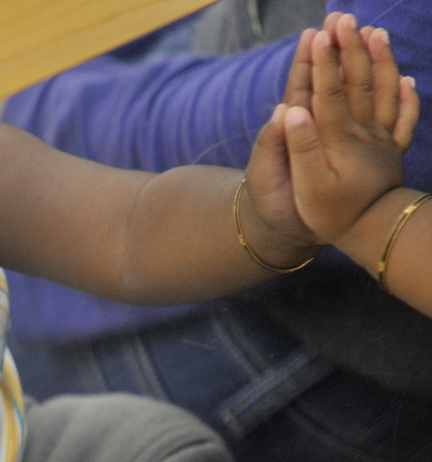When world gold prices go up, fewer girl babies in India survive the first month of life, according to new research led by Professor Sonia Bhalotra. The research suggests that this is linked to gold often being part of bridal dowries in India – so when gold prices go up, the cost of raising girls rises and families tend to neglect or abort them.
Dowry, a transfer at marriage from parents to daughters, is an ancient tradition thought to date back to at least 200BC, and was widely prevalent in medieval Western Europe. While it has virtually disappeared in most of the rest of the world, it persists in contemporary India – despite prohibition since 1961 – and has become increasingly common in Bangladesh, Pakistan, and Sri Lanka.
Professor Sonia Bhalotra said:
“Between 1972 and 1985, our analysis showed a 6.3% increase in the monthly price of gold was accompanied by an increase in girl neonatal mortality of 6.4%. During the same period, there was no significant corresponding change in male neonatal mortality.
We also found that those women who were born in months when the gold price was increasing were shorter in adulthood. This is consistent with previous research which has established that nutritional deprivation in early life leads to lower stature in adulthood, and that some parents in India deprive girls of nutritional inputs. In this case, it could be that lower levels of breastfeeding led to girls born in months of gold inflation being shorter as adults. We found that those girls that survived carried a marker of relative neglect into adulthood, compared to boys born in months of gold price inflation.
We separated out the results for children born between 1986 and 2005, as ultrasound technology became widely available across India after the mid 1980s. My previous research showed that in this period parents shifted away from neglecting girls after birth to aborting unwanted girls before birth. For potential births after 1986, we found that a 2.6% increase in the price of gold during pregnancy was accompanied by a statistically significant 0.3 percentage point decline in the probability that a girl rather than a boy would be born.”
Read the full CEPR Discussion Paper “The Price of Gold: Dowry and Death in India” by Sonia Bhalotra, Abhishek Chakravarty & Selim Gulesci (2018) here.
Read Professor Bhalotra’s blog for The Conversation here
